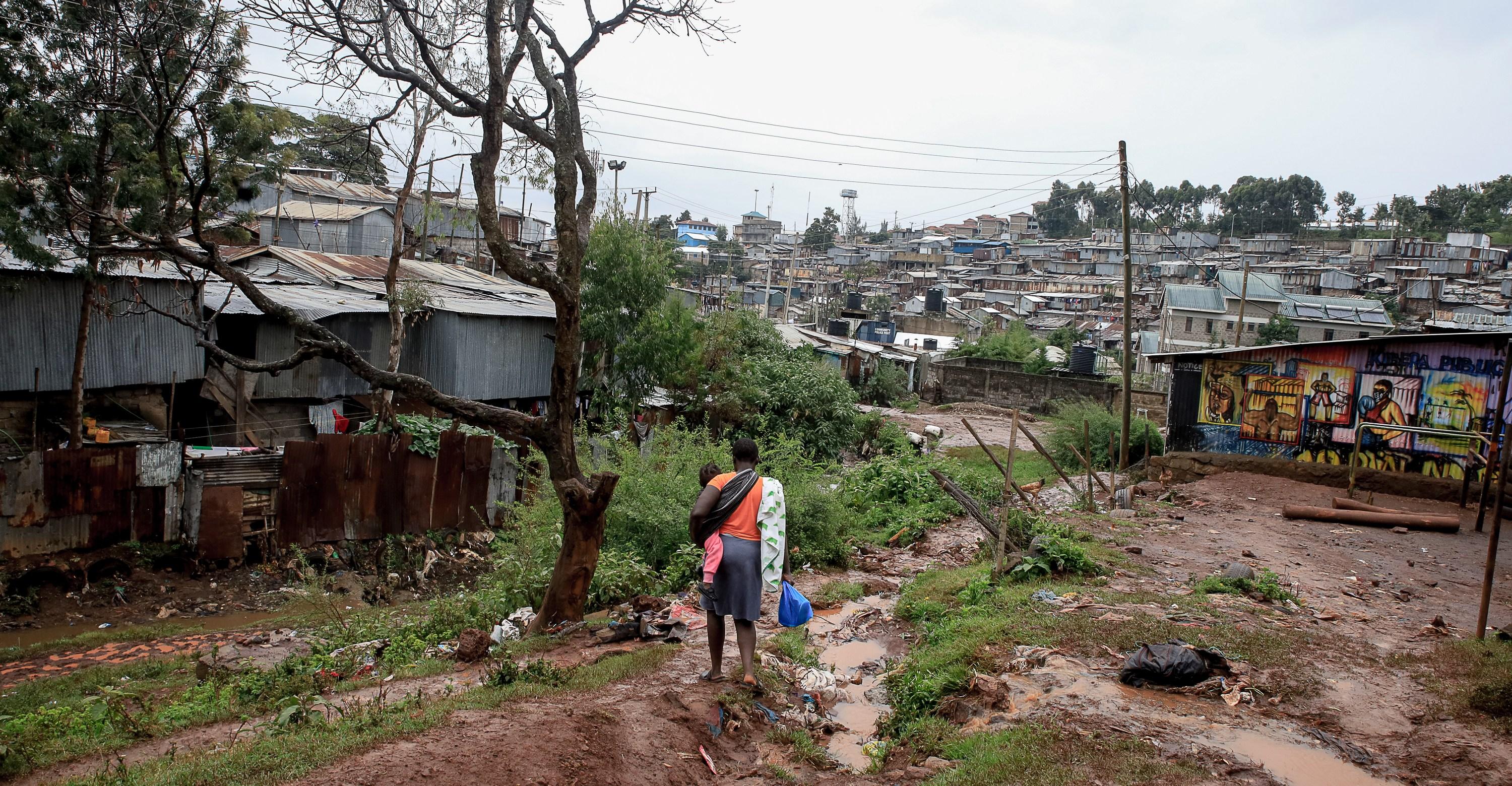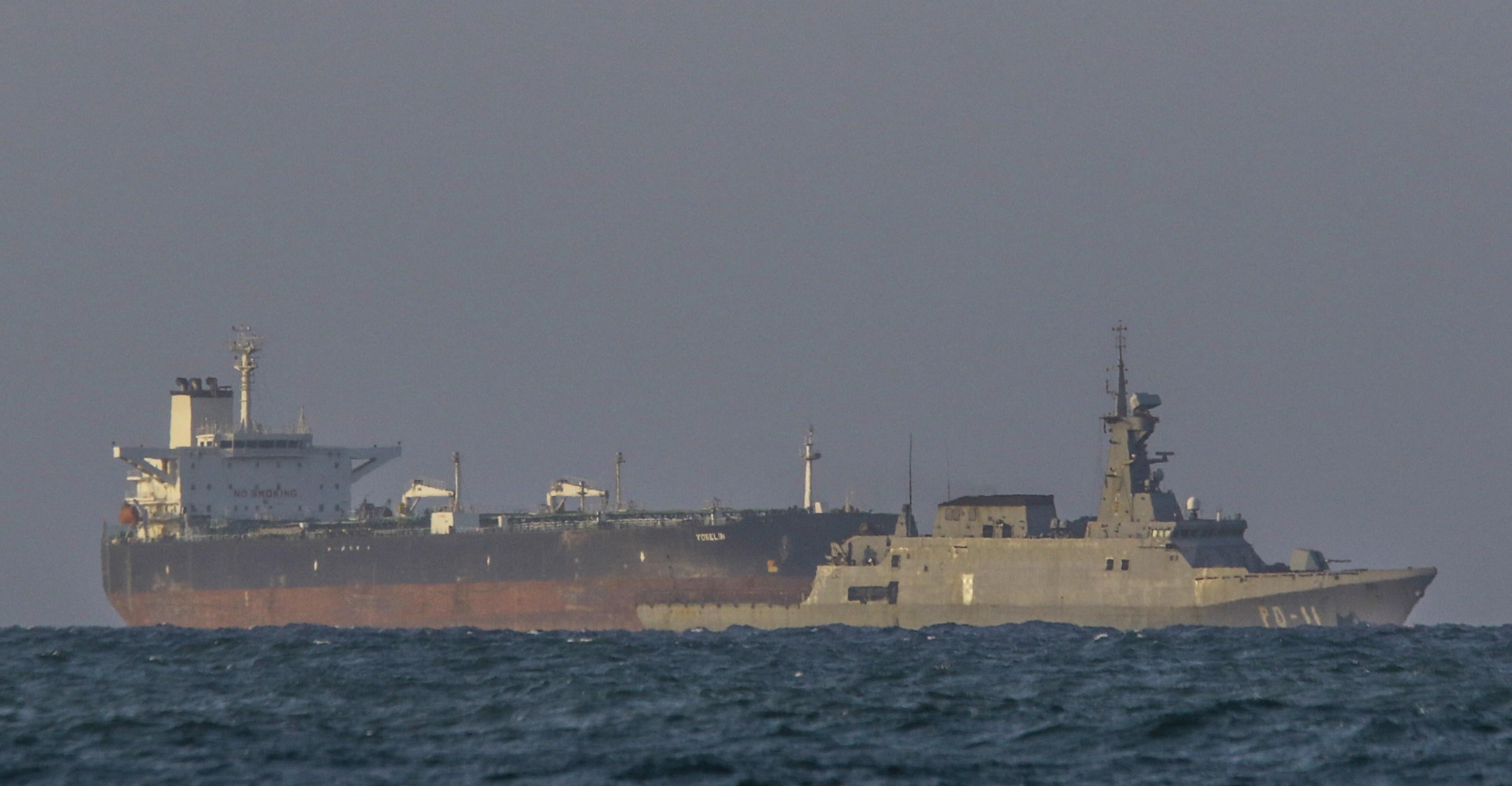Just weeks ago, Hurricane Helene devastated multiple states in the southeastern US. Over 230 people were killed because of the storm, and that number is likely to go up as the search for missing people continues. Entire homes, streets, and towns across the Ca…

Published a year ago on Oct 11th 2024, 9:00 pm
By Web Desk

Just weeks ago, Hurricane Helene devastated multiple states in the southeastern US. Over 230 people were killed because of the storm, and that number is likely to go up as the search for missing people continues. Entire homes, streets, and towns across the Carolinas, Georgia, and Florida have been torn apart. Plans for rebuilding are bound to be a slow struggle.
Now, Florida is primed to face disaster once again — before it’s even had a fair chance at recovering from the last one.
On Wednesday night, Hurricane Milton, currently a Category 4 storm, will make landfall on Florida’s west coast. While forecasters say it’s likely to weaken a bit before reaching Florida, government officials are ordering millions of people in over a dozen counties to evacuate.
“I can say this without any dramatization whatsoever: If you choose to stay in one of those evacuation areas, you are going to die,” said Tampa Mayor Jane Castor.
The Tampa Bay area, in particular, is in serious trouble. The land is prone to flooding and storm surges caused by hurricane season. Most recently, Hurricane Helene caused record storm surges for the city.
But now, this region may be right in Milton’s path. The last time a hurricane hit the area directly was 1921 — it demolished homes and killed eight people. Back then, Tampa Bay was home to 65,000 people. Today, the population is 3.1 million. While the exact location of where Milton will make landfall is still uncertain, even on the day of its arrival, it’s clear that there is much, much more to lose this time around.
The back-to-back phenomena between Hurricanes Helene and Milton spells out disaster for communities in Florida that just barely started to rebuild and recover from Helene’s damage. As Hurricane Milton imminently approaches, coastal residents and their local governments are scrambling to move the heaps of debris off the streets, which can become dangerous projectiles if swept up by the coming storm, which is currently forecasted to make landfall as a Category 4. (Hurricane Katrina, for example, made landfall as a Category 3). Some towns are still getting back up on their feet from when Hurricane Debby, a large Category 1 storm that wreaked havoc by continuously dumping heavy rain over parts of Florida and flooded towns, hit back in August.
Florida is no stranger to extreme weather, or even weather disasters happening one after the other. But all of the above context makes this situation feel terrifyingly different.
“You could call it unprecedented, because you can take a similar meteorological setup, a similar tropical magnitude hurricane in a similar physical environment, but with more people and infrastructure — that is not something we have necessarily seen in the more recent, modern time,” says Emily Powell, the assistant state climatologist for the Florida Climate Center and program manager of the Florida Building Resilience Against Climate Effects (BRACE) Program.
I spoke in depth with Powell to better understand the gravity of the situation and how communities are confronting this uniquely destructive moment for the millions of people in Milton’s path.
This interview has been edited for length and clarity.
Sam Delgado
I know you’re based in Florida, it’s where you do your work. How are you feeling as Milton is getting closer to making landfall?
Emily Powell
Milton is projected to cause more destruction, more storm surge, higher storm surge levels, potentially higher rainfall rates in places along the west Gulf Coast of Florida. These are places along the coast that will see really high, high levels of storm surge that we have not seen in those places in a long time.
Helene brought storm surges of between 6 and 7 feet roughly, in the west central parts of Florida. And we’re projecting to see upwards of 15 feet in some places, and so much higher levels of storm surge. I think we’ve seen people being very responsive so far to this threat. People are evacuating. It sounds like there’s been a lot of congestion in traffic, which means people are listening and heeding warnings, which is good news and I hope that that continues to happen today. We have more time to prepare, and I think people are getting sandbags, getting their places secured, and hopefully finding safer places to ride the storm out.
Sam Delgado
Florida just got through Hurricane Helene barely a week and a half ago, and some communities are still recovering from Hurricane Debby’s impact two months ago. Now, the state is bracing for Hurricane Milton’s arrival. What is it like on the ground right now for people in Milton’s path, in this sort of in-between moment?
Emily Powell
I was down in Steinhatchee end of last week, and so Steinhatchee had a direct hit from Helene, and that was their third storm in 13 months in that particular part of the coast, and in Steinhatchee, Keaton Beach, and Cedar Key, and then places further south that are projected to see a direct hit from Milton, people are very much still in response and recovery. In Steinhatchee — and this looked very similar last year after Hurricane Idalia — if you drive up and down the streets, you see piles and piles of debris, trash, the insides of people’s homes on the curb, some places, and so all that is still in the process of being cleaned up.
What we’re seeing right now is sort of emergency preparations to remove and clean up and dispose of all that debris, get it out of the streets where that could become a hazard as the storm approaches and makes landfall. In addition to that, some people were still without power. I think Steinhatchee actually was at roughly 85 percent power restoration. I think where power can be restored, it has been restored following Helene, but there might be instances where a particular home or building cannot receive power because of damages to that particular structure.
Unfortunately, we’re just having to hit pause and shift gears to prepare for this next landfalling hurricane, and then more recovery and cleanup.
Sam Delgado
How did Milton take shape so quickly after Helene?
Emily Powell
This season, in addition to the last Atlantic hurricane season, the waters in the Gulf of Mexico, the Caribbean Sea, as well as in the main development region of the tropical Atlantic Ocean basin, have been incredibly warm, much warmer than normal. And in some places, record warm, and so that is one factor that contributed to a really aggressive hurricane season forecast this year is the record warm water temperatures.
So here in the Gulf, about this time in the hurricane season, we tend to see more development in the Caribbean and Gulf of Mexico, as opposed to out in the tropical Atlantic basin. So it’s not very uncommon to see a lot of activity in this part of the basin at this time of year. Because the waters have been so warm, storms like Milton have been able to spin up really, really quickly. When we have other conditions conducive to that, developments like low vertical wind shear, we see explosive intensification as we did with Milton. It has just been in an environment in the western Gulf of Mexico that has been very conducive to this very rapid intensification.
These back-to-back storms are not necessarily uncommon. We’ve seen that in many other seasons, like 2020, we’ve seen places get hit again and again, it has to do with the atmospheric patterns that are also in play that are helping to steer the storms.
Sam Delgado
What do these two storms happening back to back underscore and say about the types of disasters we’re going to see in a world impacted by climate change?
Emily Powell
Unfortunately, we’ve seen this happen before. It’s not unprecedented, but it does speak to the fact that no one is really immune or safe to these storms.
We have seen a lot of studies show that there’s been a trend toward more rapid intensification with tropical cyclones, and so when we do get storms like tropical storms or hurricanes, we do see that the ability for them to rapidly intensify is increasing, and so that is certainly something that we’ll continue to see moving forward. People have to be prepared for these larger, more destructive hurricanes, unfortunately.
Sam Delgado
How are institutions in the area, such as local organizations and state agencies, preparing and helping communities that are in the path of Milton?
Emily Powell
I think emergency responses and preparations are getting better and more efficient at warning people ahead of time, getting those evacuation orders well in advance to give people the time to actually heed the warning and evacuate. So for example, we saw roadways starting to pile up and with traffic yesterday, two days before landfall, which is really great that people can get out that soon and get to safety and not have to worry about leaving at the last minute, you know, when roadways are going to be gridlocked. We are really good about asking for help from neighboring communities to come in and be in place before a hurricane makes landfall, so that they can be there to respond immediately once the conditions are safe to do so.
One thing that we’ve looked at, through a program I work on that’s focused more on climate and health, is special needs sheltering and how that works during evacuations. One of the things we found is not all the special needs registries are up to date, so not knowing who all needs special accommodations during evacuations and where they’re located. Local health departments can prepare more for understanding where their most vulnerable populations are, making sure their special needs registries are up to date, and getting those ready so that when storms like this do come, they know where those people are, and they can send help where they need to get people to evacuation shelters. So this is all stuff that has to happen before a hurricane is approaching land and making landfall. It’s a challenge and a need that’s been identified, and so we’re starting to address it.
Sam Delgado
There are communities in Florida who have been hit by extreme weather events multiple times in the course of a year. From your perspective, is there a breaking point for how many times a population can deal with these extreme weather disasters, and what might that breaking point look like?
Emily Powell
That’s a good question for each individual as well as each community to think about for themselves. At some point, you have to sort of weigh your own individual risk tolerance and understand what you’re willing to deal with and what you’re not. Some people are more risk averse than others. Some are more risk tolerant. So I think for us as communities, and for us individually, that’s just something we have to each ask ourselves and then take steps to increase our preparedness and just ensure that we’re as prepared as we can be for these types of storms.
Sam Delgado
Is there any advice or resources that you have for Florida residents to best protect themselves who are in the path of Hurricane Milton?
Emily Powell
The best, most credible resource is going to be the National Hurricane Center. Their website has the latest updates on the storm’s track, the storm’s intensity, the impacts, the hazards maps that they produce with the National Weather Service, your local National Weather Service office. Those are going to be the best sources of information on the storm itself. And then, of course, your local weather forecast office and your local Emergency Management Office for evacuation.

Inside the high drama of the iPhone 4
- 2 hours ago

You need to listen to Sudan Archives’ violin opus for the club
- 2 hours ago
India summons Bangladesh envoy over security concerns in Dhaka
- 14 hours ago
What is going on with Trevon Diggs and the Dallas Cowboys?
- an hour ago

Met Office forecast rain, snowfall from Dec 20
- 11 hours ago

The low, low cost of ending extreme poverty
- 3 minutes ago

Tremors felt in Balochistan's Barkhan district
- 13 hours ago
Pakistan Navy launches fourth Hangor Class submarine 'Ghazi' in China
- 10 hours ago

Everything is a mockumentary now, thanks to Rob Reiner
- 3 minutes ago
NDMA dispatches 27th aid consignment for Palestinians
- 12 hours ago
NFL playoff-clinching scenarios: Which teams can secure a berth in Week 16?
- an hour ago

The global shadow economy behind Trump’s latest move on Venezuela
- 3 minutes ago
You May Like
Trending







